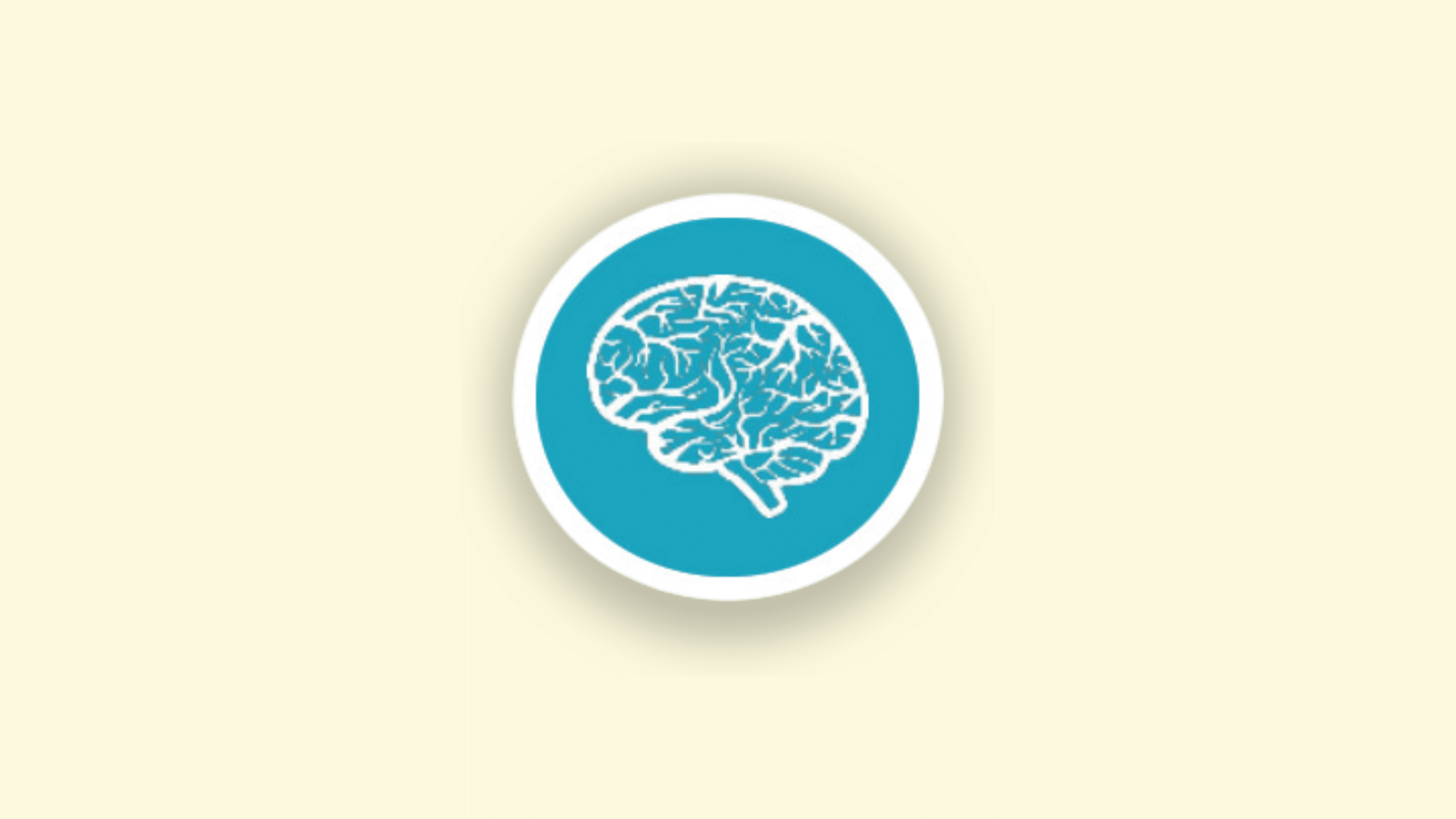Unraveling the blood-brain barrier and beta-blockers
The blood-brain barrier (BBB) is a highly selective barrier that regulates the passage of substances between the bloodstream and the brain, playing a critical role in protecting the central nervous system from harmful compounds. However, this same barrier poses significant challenges for the delivery of therapeutic drugs to the brain, raising complex questions in blood-brain barrier pharmacology. Beta-blockers, used for cardiovascular diseases and conditions like infantile hemangiomas, have drawn significant attention due to their varied ability to cross the blood-brain barrier.
Among beta-blockers, propranolol is known for its lipophilic nature, allowing it to cross the blood-brain barrier efficiently and potentially impact brain function. In contrast, hydrophilic beta-blockers like atenolol and nadolol are believed to have limited blood-brain barrier permeability and are less likely to exert direct neurological effects. However, emerging research suggests that beta-blockers might influence brain activity through mechanisms that are independent of their ability to cross the blood-brain barrier.
In a recent study, Enterosys, explored these alternative pathways. The study investigated whether beta-blockers, regardless of their capacity for blood-brain barrier crossing, could influence neuronal activity through the release of signaling molecules such as nitric oxide (NO) and hydrogen peroxide (H₂O₂) in the hypothalamus. This research challenges traditional assumptions about blood-brain barrier drug interactions and opens new perspectives in blood-brain barrier pharmacology.
Enterosys explores blood-brai barrier mechanisms
The study conducted by Enterosys involved a controlled preclinical model using mice treated orally with propranolol, atenolol, and nadolol over seven days. The objective was to evaluate the ability of these beta-blockers to influence hypothalamic signaling pathways, specifically through the release of nitric oxide (NO) and hydrogen peroxide (H₂O₂). The doses used mimicked therapeutic plasma concentrations observed in human clinical treatments.
Following treatment, brain regions—including the cortex, hypothalamus, brainstem, and cerebellum—were analyzed to measure the accumulation of the three beta-blockers. This assessment provided insights into their blood-brain barrier permeability. Propranolol, as expected, was detected in significantly higher concentrations in brain tissues, confirming its ability to cross the blood-brain barrier. In contrast, atenolol and nadolol were found in much lower concentrations, supporting their hydrophilic nature and limited blood-brain barrier crossing capabilities.
To further understand the central effects of these beta-blockers, Enterosys performed ex vivo amperometric measurements of NO and H₂O₂ release in the hypothalamus. Using advanced electrochemical sensors, we monitored real-time changes in the secretion of these signaling molecules in response to beta-blocker treatment. This methodology provided a precise view of how beta-blockers could modulate brain activity without necessarily crossing the blood-brain barrier.
Mechanisms beyond blood-brain barrier permeability
Propranolol, the lipophilic beta-blocker, demonstrated ability to cross the blood-brain barrier and accumulate in brain tissues. In contrast, atenolol and nadolol, due to their hydrophilic properties, showed limited accumulation in brain regions, including the hypothalamus.
However, despite these differences in blood-brain barrier permeability, all three beta-blockers—propranolol, atenolol, and nadolol—were capable of modulating hypothalamic signaling pathways.
At low doses, all three compounds triggered an increase in nitric oxide (NO) release from the hypothalamus. Interestingly, at higher doses, atenolol exhibited a dual effect: while it decreased NO release, it simultaneously increased hydrogen peroxide (H₂O₂) production. Nadolol, on the other hand, significantly increased H₂O₂ release at both low and high doses.
These findings indicate that beta-blockers can exert central effects through mechanisms that do not rely on their blood-brain barrier permeability. Instead, these effects may occur via endothelial cells lining the BBB, which can release NO and H₂O₂ in response to beta-blocker treatment. Both NO and H₂O₂ are small molecules capable of diffusing through tissues, potentially influencing neuronal activity despite the beta-blocker itself not crossing the blood-brain barrier.
The results also highlighted dose-dependent differences in the impact of beta-blockers on oxidative stress pathways. While propranolol did not significantly increase H₂O₂ levels, atenolol and nadolol induced substantial H₂O₂ release, particularly at higher doses. This suggests that hydrophilic beta-blockers, previously considered “safe” due to their limited blood-brain barrier crossing, might still have indirect central effects through endothelial signaling pathways.
Implications for blood-brain barrier pharmacology
This study by Enterosys provides critical insights into the complexities of blood-brain barrier pharmacology and challenges the traditional understanding of beta-blocker activity in the brain. The findings reveal that blood-brain barrier crossing is not the sole determinant of a beta-blocker’s potential neurological impact. Instead, these drugs can act indirectly via endothelial signaling mechanisms, triggering the release of diffusible factors such as nitric oxide and hydrogen peroxide.
For pharmaceuticals, these results emphasize the importance of considering both direct and indirect pathways when evaluating the neurological safety and efficacy of beta-blockers. Hydrophilic beta-blockers, once thought to have minimal central effects due to their poor blood-brain barrier permeability, may still exert significant impacts on neuronal activity through non-traditional pathways.
Partner with Enterosys for innovative research on blood-brain barrier pharmacology
At Enterosys, we combine scientific expertise with advanced methodologies to explore complex biological interactions, including those involving the blood-brain barrier. Our research on beta-blockers demonstrates our commitment to uncovering innovative pathways and delivering actionable insights for pharmaceutical development.
Partner with Enterosys to advance your research in blood-brain barrier pharmacology. Contact us today !
Source :
Laurens C, Abot A, Delarue A, Knauf C. Central Effects of Beta-Blockers May Be Due to Nitric Oxide and Hydrogen Peroxide Release Independently of Their Ability to Cross the Blood-Brain Barrier. Front Neurosci. 2019 Jan 31;13:33. doi: 10.3389/fnins.2019.00033. PMID: 30766473; PMCID: PMC6365417.

